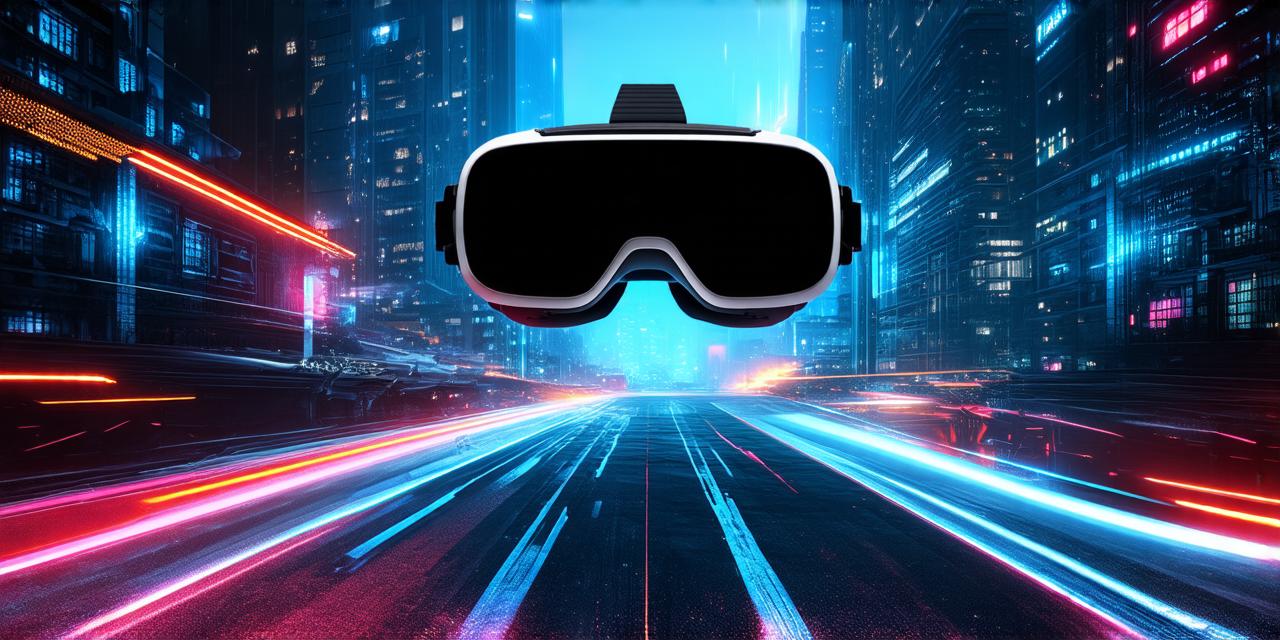Introduction
Virtual reality (VR) technology is rapidly advancing and changing the way we interact with digital environments. From gaming to education, healthcare, and even space exploration, VR is transforming industries and opening up new possibilities for innovation.
Immersive Experiences
One of the key features of VR is its ability to create immersive experiences that transport users into digital environments. With advances in display technology, haptic feedback systems, and motion tracking, users can now experience virtual reality with greater realism than ever before. For example, a user could be standing on the moon while exploring its surface, or they could be in a virtual classroom learning about history by experiencing it firsthand.
Innovative Applications
Virtual reality technology is being used in a variety of innovative applications that are changing the way we live and work. In healthcare, VR is being used for pain management, rehabilitation, and even surgery. By creating realistic simulations of real-life scenarios, VR can help doctors and patients better understand complex medical procedures, leading to more effective treatments and fewer complications.
In education, VR is being used to create immersive learning experiences that engage students and enhance their understanding of complex subjects. For example, a history class could take a virtual tour of ancient Rome, or a biology class could explore the human body in 3D. These experiences not only make learning more fun, but they also help students retain information better than traditional classroom settings.
In gaming, VR technology has revolutionized the way games are played and experienced. With VR headsets, controllers, and motion tracking systems, users can now step into their favorite games and interact with them in ways that were previously impossible. From first-person shooters to puzzle games, VR gaming has opened up a whole new world of possibilities for players.
Advances in Artificial Intelligence (AI) and machine learning are also being used to enhance VR experiences. By analyzing user behavior and preferences, AI algorithms can create personalized VR content that is tailored to each individual’s needs and interests. This not only makes VR more engaging, but it also helps users learn more about themselves and their preferences.
Real-Life Examples
Virtual reality technology has already been used in a number of real-life examples that demonstrate its potential for innovation. For example, NASA is using VR to train astronauts for future space missions. By simulating the conditions of space travel, VR can help astronauts prepare for the challenges they will face in space and ensure that they are ready for any situation that may arise.
Another real-life example is the use of VR in healthcare. For example, surgeons at the University of California, San Francisco have used VR to practice complex surgeries before performing them on actual patients. By creating a virtual environment that mimics the patient’s anatomy and allowing the
